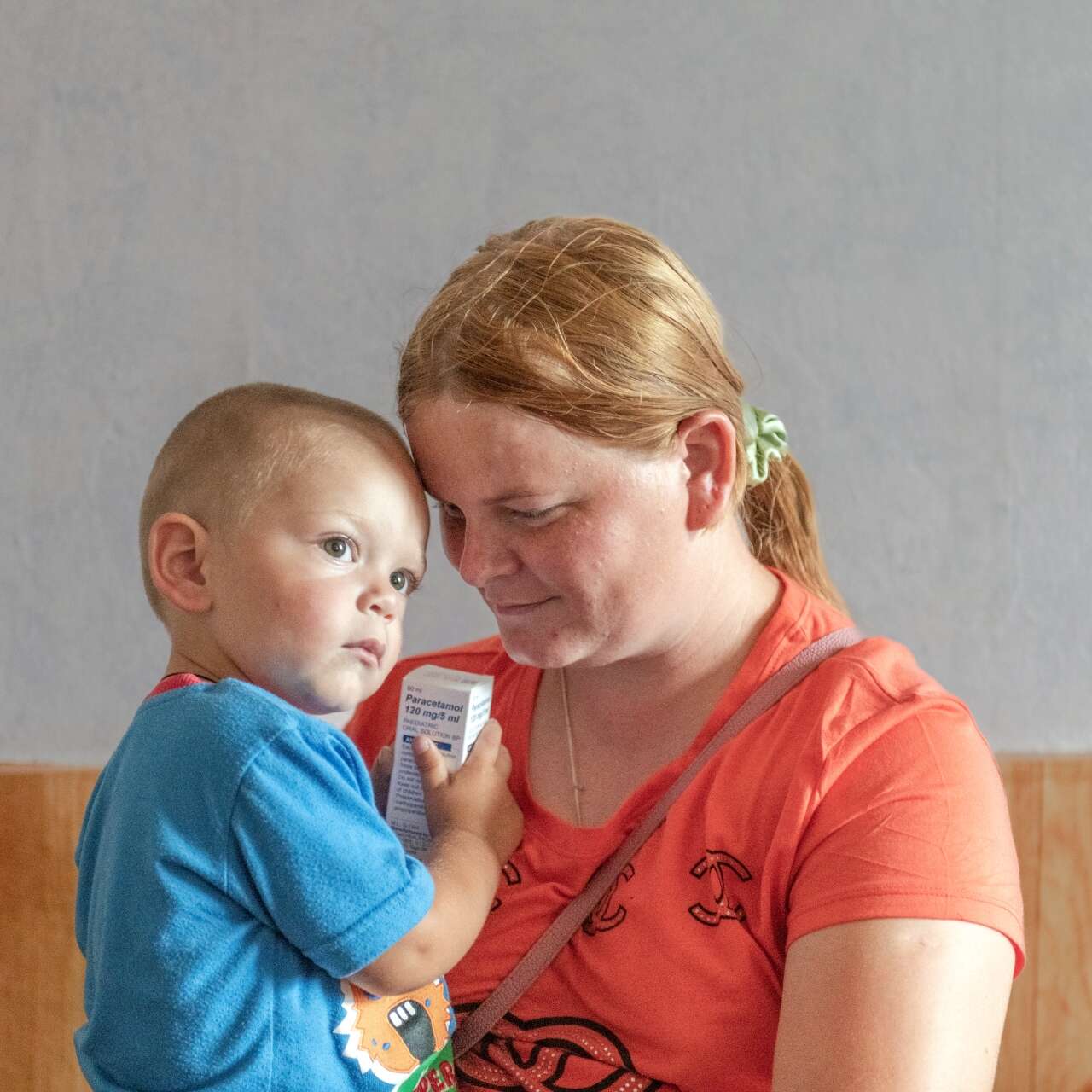
Families mark three years of full-scale war in Ukraine
Find out how Ukrainian civilians are coping after three years of full-scale invasion — and over a decade of conflict.

Find out how Ukrainian civilians are coping after three years of full-scale invasion — and over a decade of conflict.
War continues to rage three years after Russia launched its full-scale invasion of Ukraine.
Immense humanitarian needs persist as the war continues to displace civilians and reduce access to education, economic opportunities, health care, food security, and gender equality.
More than 12.7 million people inside the country require humanitarian assistance in 2025. By October 2024, civilian casualties reached nearly 39,000, including over 12,000 deaths.
Meanwhile, financial support for Ukraine's humanitarian response plans is diminishing, while severe restrictions on humanitarian access hinder the ability of aid workers to deliver life-saving assistance to Ukrainians residing outside the areas under the control of the government of Ukraine.
Learn more about what Ukrainian civilians are facing three years of full-scale conflict.
The conflict began in 2014 when Russia illegally annexed Ukraine’s Crimean Peninsula and began backing pro-Russian separatists in Eastern Ukraine. Fighting over the following eight years resulted in the death of over 3,000 people, the displacement of more than 850,000 others and left almost 3 million Ukrainians in need of humanitarian assistance.
An IRC client explains, “People have not been able to return home for 10 years, like me and my child. We have been wandering around strange corners for over 10 years now, changing schools, moving.”
On February 24, 2022, Russia launched a full-scale invasion on Ukraine. The three-year mark of the invasion is a powerful reminder that the impact of this war transcends the immediate events of 2022, encompassing a prolonged period of hardship for those affected.
Russian attacks continue to leave millions without access to heat, electricity, water, or sanitation for extended periods of time. The IRC operates in the most challenging regions of Ukraine, providing assistance to those in need.
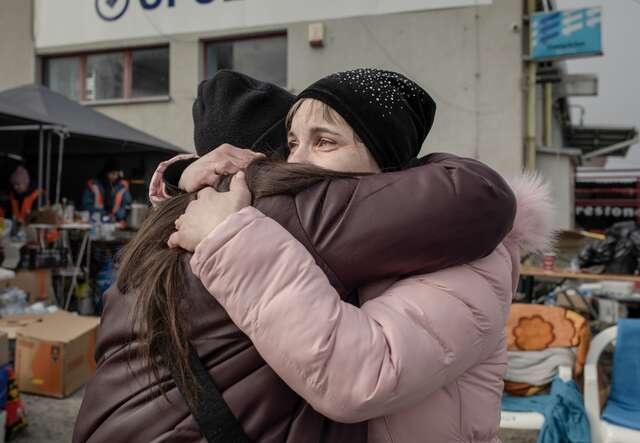
Ukrainian civilians are disproportionately shouldering the devastating consequences of the war. Three years of full-scale invasion have displaced almost 10 million Ukrainians and left approximately one-third of the population in need of humanitarian support inside the country. Many families have been displaced several times over.
For the majority of Ukrainians, ordinary life remains out of reach. Schools, hospitals, and homes have been devastated by missile strikes. Access to essential services is diminished, and many Ukrainians have endured harsh winter months with limited resources.
More than 12.7 million people inside the country require humanitarian assistance in 2025, including the 3.6 million people who are internally displaced.
Nearly 90% of families living in frontline areas are grappling with mental health issues. Children are particularly vulnerable, with 1.5 million at risk of developing post-traumatic stress syndrome and other mental health challenges. The ravages of war have shattered support networks, leaving a staggering impact.
According to a survey conducted by the IRC, an astonishing 74% of clients reported being forcibly separated from a loved one. Moreover, 82% said that they experienced feelings of anxiety, stress, or sadness over the past few months. These distressing figures highlight the profound emotional toll war inflicts on individuals and the urgent need for compassionate intervention.
The war’s economic impact is also driving needs. The lack of financial resources to buy firewood, solid fuel, and warm clothes increases vulnerability. Many individuals are finding it increasingly difficult to provide enough food for their families.
The protracted nature of the conflict in Ukraine has made its impacts especially overwhelming, as many Ukrainians report feeling drained by over ten years of conflict.
Meet Ukrainians affected by the war.
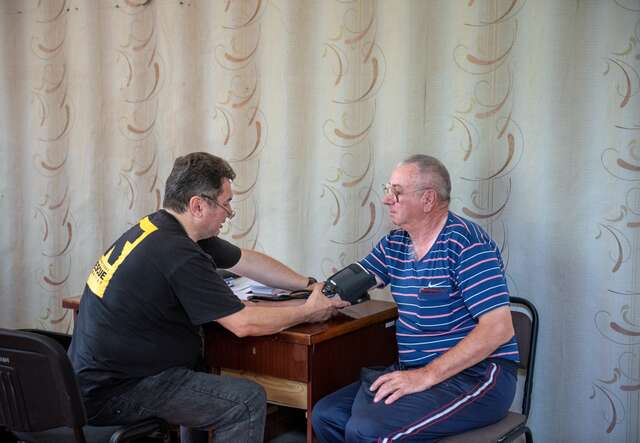
Throughout the conflict in Ukraine, schools have become a target of artillery strikes and have been occupied as military encampments, disrupting education for millions of children. Around 3,600 attacks on education facilities and over 2,000 attacks on health care facilities have been recorded since February 2022. International humanitarian law (IHL) forbids intentional attacks on civilians.
Deliberately targeting civilians or critical civilian infrastructure, such as hospitals, could be deemed a war crime.
Over 2 million homes have been destroyed and more than 39,000 civilian casualties have been recorded, including more than 12,000 deaths. The number of civilian casualties is believed to be considerably greater than reported due to the inability to include areas that are inaccessible due to ongoing hostilities.
Despite repeated calls from the international community to respect IHL and to protect civilians and civilian infrastructure, everyday Ukrainians continue to suffer from this war.
“We had a cellar where we took shelter when the city was under attack,” Tamara and Anatolii, a couple from Pokrovsk, shared. “Sometimes we lay on the floor, waiting for the shelling to stop, before calling our loved ones to ask, ‘Are you alive?’ The fear was unbearable. We tried to endure, but with no gas, little water, and the deafening explosions every night, survival became impossible. So, we left, hoping for a chance to finally sleep.”
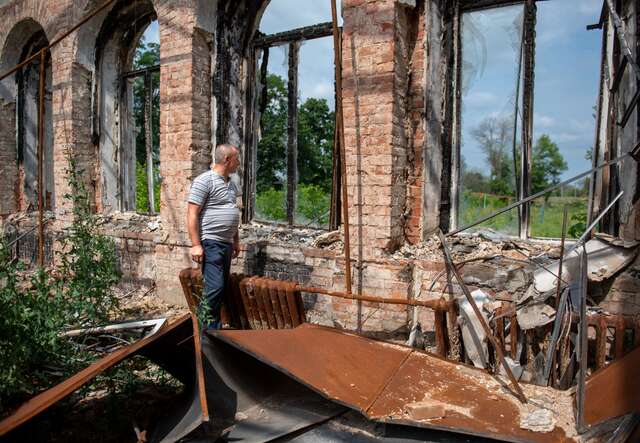
The war has significantly damaged Ukraine’s housing, transport, energy, and commerce and industry sectors.
According to the World Bank, Ukraine witnessed a 10% decline in GDP in 2014, coinciding with the onset of the conflict. Subsequently, with Russia's full-scale invasion in 2022, the GDP contracted by almost one-third.
Amid positive signs of economic improvement, critical sectors like agriculture continue to reel from the effects of the ongoing conflict. An area of Ukraine approximately the size of Tunisia – 30% of Ukraine’s territory- is now riddled with land mines.
It could take over 750 years to finish the demining work. Over the past three years, almost 25,000 people have been injured by mines and explosive remnants of the war.
The IRC launched an emergency response to the full-scale invasion of Ukraine in February 2022, working directly with local partners to reach communities in conflict-affected areas in Eastern and Southeastern Ukraine.
Inside the country, from the start of the escalation until January 2025, IRC mobile health units have delivered over 100,000 consultations to more than 15,000 clients, while more than 100 health facilities have been equipped with donated medicines and essential supplies.
Working alongside local partners, our teams have provided financial assistance to nearly 130,000 people and distributed critical items to over 30,000 individuals. Furthermore, 60,000 women and girls have accessed vital IRC services, and our teams have organized 30,000 sessions for children, helping them reclaim a sense of childhood and begin to heal from the devastating effects of war.
We have also been supporting Ukrainians who have fled and are striving to rebuild their lives around the world, responding to people’s immediate and long-term needs.
Learn more about the IRC’s response to the crisis in Ukraine.
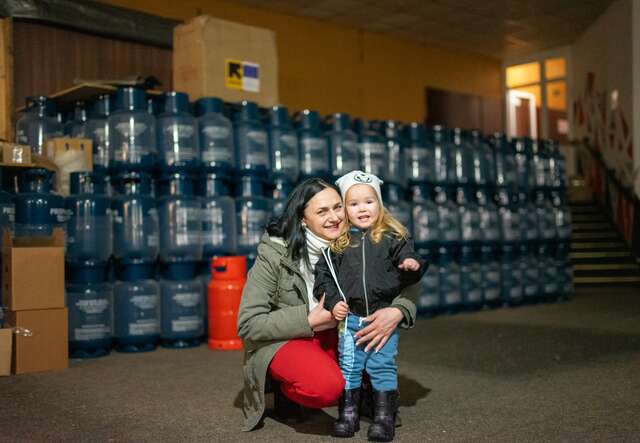
Three years since the Russian invasion, and a decade into conflict, it is critical to continue supporting people affected by the war, both those within Ukraine and those who have fled to neighboring countries.